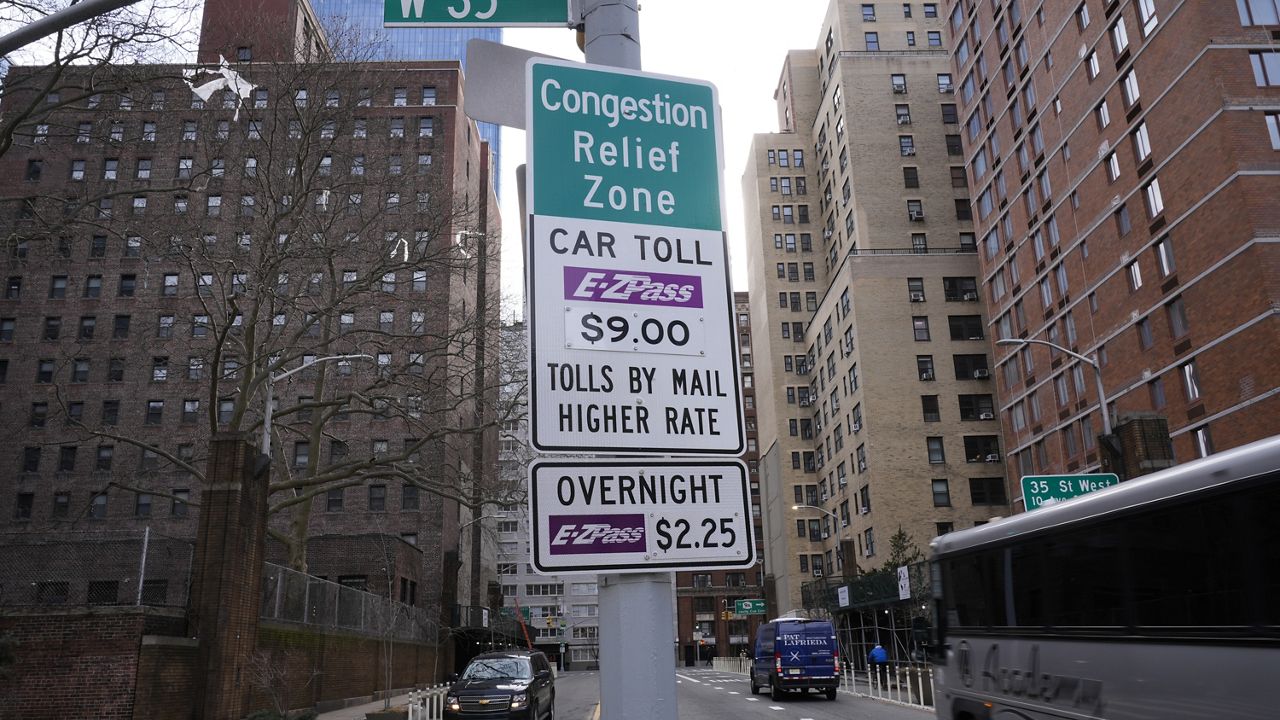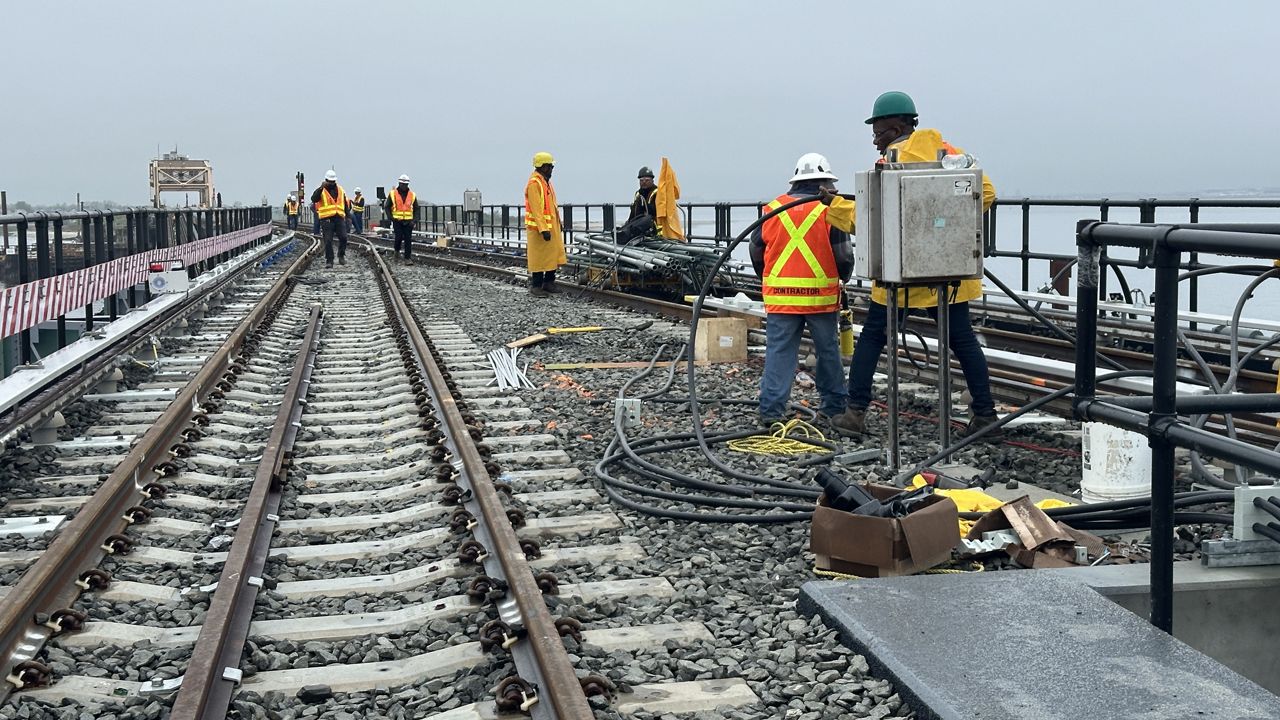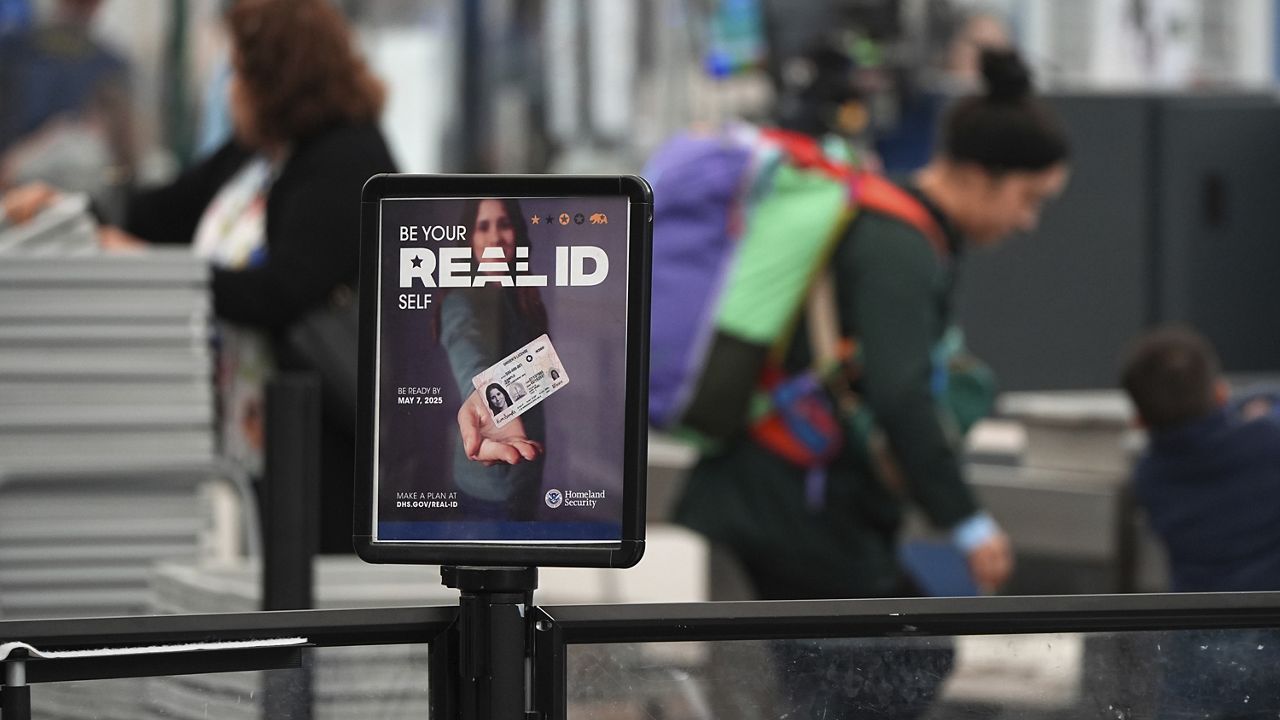U.S. Transportation Secretary Sean Duffy on Thursday laid out plans to completely overhaul an air traffic control system that uses some components more than 50 years old.
It comes after dozens of near-misses between planes this year and the deadly mid-air crash in January of an American Airlines flight and an Army Black Hawk helicopter.
What You Need To Know
- After dozens of near-misses and a deadly mid-air collision between an American Airlines flight and a Black Hawk helicopter over the Potomac in January, aviation industry and political pressure is growing for a major overhaul to the air traffic control system
- Transportation Secretary Sean Duffy says the plan includes new communication systems, replacing copper wire with fiber optic cable and, in some cases, rebuilding towers
- It could cost more than $12 billion. Duffy says the appropriation from Congress must come all at once so the work is guaranteed to get done
- Duffy says with immediate funding it could be done in three to four years
“Controllers pass these strips of paper from one to the next as they’re passing off control of an aircraft. This should be digitized,” Duffy said as he held the paper up. “When systems go down in the equipment…we don’t call the manufacturer to buy replacement parts for this equipment. You know where we go? eBay.”
He said some towers will have to be completely rebuilt, but the rest of the plan will focus on aging technology.
That means upgrading the radar and communication systems to use fiber optic cables instead of copper wire, which led to a failure at Newark where controllers lost contact with airborne planes for at least 30 seconds last week.
“This system is a flip-phone,” Duffy said of how old the technology is. “However, if we built a brand-new state-of-the-art system, which is what we want to do, then, like your iPhone, you can actually get updates. If we don’t actually accomplish the mission we’re announcing today, you will see Newarks, not just in Newark, but you’ll see Newark’s in other parts of the country.”
As for a price, Duffy is leaving it up to congress.
“So you’ve heard the $12.5 billion,” Duffy said. “It’s going to be more than that.”
The other part of the equation: air-traffic controllers. Currently, there are 14,000, but 3,000 more are needed to fully staff the system.
The FAA has been playing catchup. The training academy in Oklahoma was shut down during COVID.
Dr. Sharon DeVivo is president of Vaughn College, which is now one of five schools authorized to provide the academy training. Hiring has accelerated with 1,800 controllers brought in last year.
“They didn’t pick up 1,800 because they get a lot of retirements,” Dr. DeVivo said. “So there’s a mandatory retirement age of 56 for air traffic controllers, and so you’re always adding people because you’re losing people, so your net gain is actually quite small. I think the year before it was only six.”
The FAA is offering bonuses for controllers to stay on, but there is burnout from stress, as evidenced by the ones who took trauma leave after the Newark incident.
As for the overhaul, Duffy says with immediate funding it could be done in three to four years.








_DNT_NJ_Transit_Resumes_Service_NITE_CLEAN)
_Pkg_NYPD_Cyclist_Crackdown_CG_134196529_4534)


